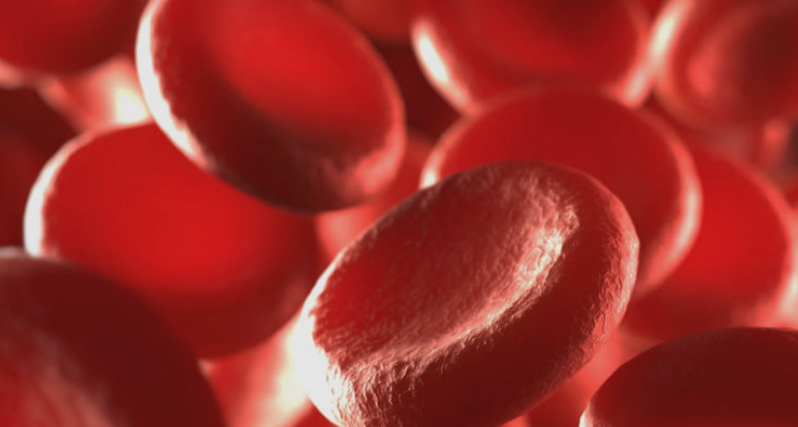
Millions and millions of people each year are beset by blood clots. Symptoms can sneak up on someone undetected. As such, it’s important to be cognizant about the potential threat of blood clots. Fortunately, there are a number of measures which can help in both preventing and treating blood clots. This piece will offer a guide for such an instance.
In general, blood clots have a habit of forming in people who aren’t overly active/mobile. Duly, those who have had recent surgery also have a higher risk of enduring a blood clot based upon sedentary positioning. Additional causes of blood clots include obesity, age (65+), those with heart problems, and also those who’re in the midst of a long trip (whether in a car or on a plane).
Here are methods in both treating and preventing blood clots:
Sensible Clothing Choices
Doctors and experts alike have been steadfast in wanting people to wear looser clothing as opposed to skin-tight attire. This is particularly the case for those with a higher risk of developing blood clots. Specifically, doctors advise against tight socks, stockings, pants, and skirts. These compressed articles of clothing isn’t ideal when it comes to overall blood circulation. The legs need breathing room, and thus shouldn’t be stuffed uncomfortably into an unnatural situation. Loose, breezy clothing enables the legs to be completely comfortable. This then allows for optimal blood circulation. Compression socks may be suggested in some cases — though only under the direction of a trained medical professional.
Body Movement
The act of moving around is significant. There are those beset by long commutes in the car — as well as with public transportation. Duly, those camped out at a desk may be stationary for upwards of eight hours. Even if one’s job requires them to sit in a chair, one can do simple movement exercises as a preventative measure for blood clots. The same thing exists when packed onto a transatlantic flight across the ocean to Europe or Asia. Simply put, one should stroll around the office (or the airplane) for a few moments every couple hours. Additionally, one’s position should slightly change as opposed to sitting in the exact same alignment for hours on end. Some even suggest not standing or sitting for more than one hour at a time.
Medication
Doctors also can prescribe medication for more serious cases. If one already has a blood clot, doctors normally will give patients blood thinners. This anticoagulant is obviously aimed at breaking up the potential clot. It comes in many forms. Normally, patients will be taking oral medication (pills). However, there are also cases in which the patient will be getting injections directly under the skin. Treatment plans (depending upon the severity of the clot) can take months.
